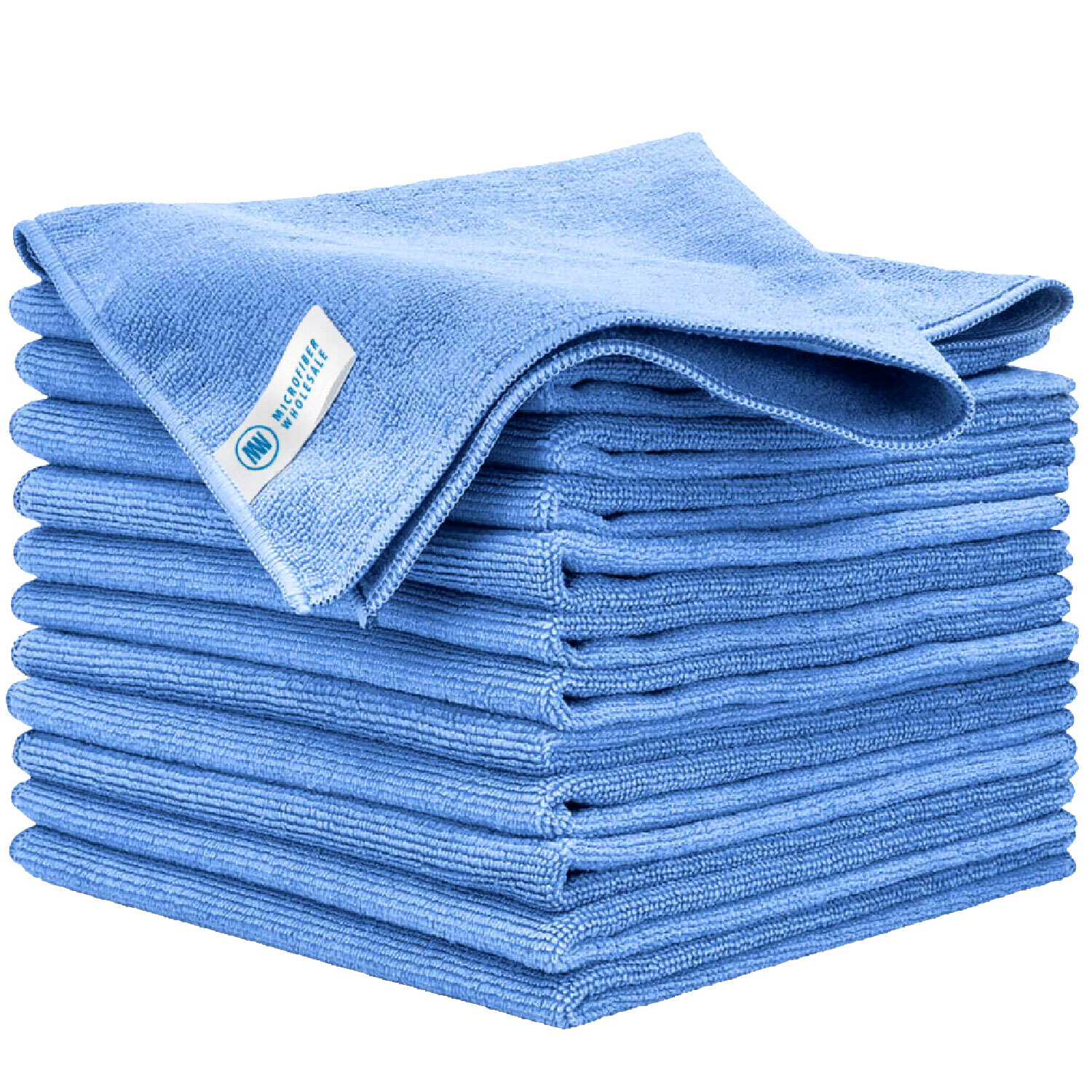Figuring out the best way to clean wood furniture properly is one of the most myth-filled, misunderstood cleaning topics around.
For some, it's knowledge passed down through the family, while others rely on a bit of research coupled with some trial and error sessions.
All of this is necessary to some extent since the chemistry used to finish wood and formulate soaps has changed so drastically over the years. As a result, wood care instructions from previous generations are likely obsolete now
To put this in perspective, Murphy’s Oil Soap and the Ford Model T were invented around the same time (1910 and 1908, respectively). Yet, to date, the former is still a favorite wood furniture cleaner option for most people.
Unfortunately, since no one teaches cleaning science in school, very few people realize how drastically things have changed and how those changes make all the old-fashioned wood cleaning products and practices passé.
In the absence of education, legend and lore prevail, leaving even experienced professionals scratching their heads as to which is the best way to clean wood furniture.
Everyone’s heard the old advice:
- “You have to nourish your wood with oil, soap, and polish, or it will dry out”
- “Only oil soap is safe for wood”
- “You can’t clean wood furniture with water”
- “You can only use specialty cleaning products designed specifically for wood”
- “Vinegar is the gentlest green way to clean wood furniture”
Yet we all see new cleaning products on the grocery store shelf that contradict these old edicts and promise just the opposite.
There are a sea of new floor cleaners and all-purpose cleaners that promise to be safe on finished wood, along with a long list of everything from glass to stainless steel.
So, who knows the best way to clean wood furniture? The new manufacturers or the old wives' tales? How can you tell who’s lying and who to trust?
We’re going to reveal the big changes in wood finish and cleaning products and explain how they’ve made taking care of wood furniture easier than ever before, all while dispelling the myths everyone is still clinging to along the way.
So, put down great grandma’s Murphy’s Oil Soap and learn how to care for your wood like a 21st-century expert.
The following are the key takeaways we're going to delve into today:
- We'll clear the smoke around cleaning myths passed down for several generations
- The traditional "natural cleaning agent" that can permanently damage your wooden furniture with it's high acidity
- A comprehensive guide on how to safely clean your modern furniture with just water or affordable cleaning products
- Some tips on how to correctly clean antique furniture
- The little known modern cleaning formulas that can help you restore your wooden furniture


















 By continuing with your order, you acknowledge and agree to the following:
By continuing with your order, you acknowledge and agree to the following: